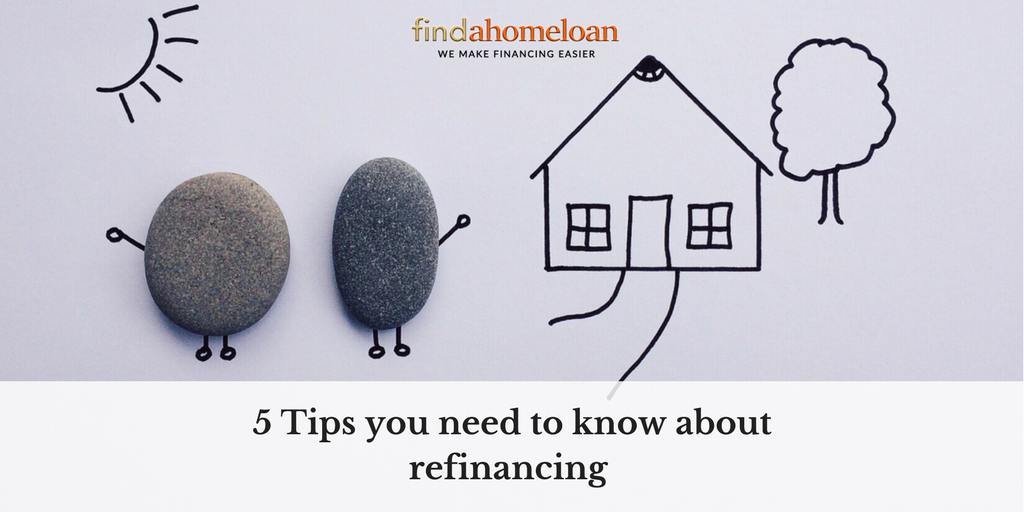In the last 4 to 5 years, interest rates for mortgage loans have kept to under 2% mostly, thanks to the quantitative easing measures in the United States. But since 2016 and the incremental increase in rates, Singapore homeowners have been watching their mortgage loan rates.
Luckily for most of us, the SIBOR rate has not increased dramatically in the last one year. After a peak in February to 1.252 for the 3M SIBOR, it has remained in the range of 0.95% to 1.1% from March till October 2017. (SIBOR is a local interest rate that is used as a benchmark to price mortgage loans). But this does not mean it isn’t going to rise much more in the coming year.
Do you know that interest rates in Singapore have not always remained at such low levels? In fact, according to data from MAS, we’ve seen domestic interest rates rising to a high of 7% in 1997.
How do such fluctuations in interest rates affect you as a homeowner?
For one, it is going to affect the total cost of your house. Imagine you took a $500,000 mortgage loan from a bank. A 1% difference in rates can cause you to pay an extra $3,247 in just two years. It may not seem much at first, but what about paying that extra amount for the next 10 or 20 years?
This is why you need refinancing. To save on interests.
What is mortgage refinancing?
Mortgage refinancing refers to the switching of one home loan package to another bank, often one which provides a lower interest than your current loan. If you are switching to a loan package provided by the same bank, then it is call repricing.
Typically, refinancing comes at a higher cost as homeowners need to pay a fee for other parties to handle the paperwork (known as conveyancing). This is why if your objective of refinancing is to lower your total cost, you need to weigh the benefits and cost to see if it all adds up to be advantageous for you.
Other than saving money, there can be other reasons to refinance as well. This includes extending the loan tenor (to make monthly repayments more affordable), or to amend the loan structure.
What to take note when refinancing:
Lock-in period and prepayment penalties
Many home loans currently offered in the market comes with a lock-in period for 2-3 years. If you decide to refinance within the locked-in period, you would be liable for penalties. These penalties are usually around 1.5% of the home loan amount you have left to pay, which easily works out to be a few thousand dollars.
Most of the time, we’d not advise clients to refinance within the locked-in period since the penalties are substantial and would negate the “savings” you will get from switching to a new loan.
But there is one exception here – that is if you currently have a HDB loan where the interest rate is 2.6% variable for many years. There is no locked-in period for HDB loans and no penalties for switching to a bank loan. However, once you have done that, the process is irreversible.
Repricing might be a better option
Banks are dealing with lots of competition, so at times, you will find mortgage loans that offer you a free 1-time repricing. Even without a loan that offers you with this option, repricing could be cheaper taking into consideration all the fees involved.
Know your exact savings
Refinancing in a bid to save cost requires you to know the exact savings you get – don’t just look at the lower interest rates, but consider the entire cost of refinancing, which includes any clawback of subsidies, legal fees and administrative fees that you are liable for.
Most borrowers may not know all of these in detail, but you can always contact us here for advice.
Consider changing the loan tenure
Other than refinancing to save money, homeowners may also refinance to change their loan tenure. For instance, you might have opted for a 20-year tenure when you first took up the loan because you wanted to clear the loan as soon as you can.
However, your financial circumstances have since changed. You recently became a new father and now incur extra expenses every month. Paying $3,000 a month for your mortgage seems to be too much for you now compared to 2 years back. By refinancing and extending your loan tenor up to age 75, you will be able to reduce your monthly repayments and improve your cash flow.
Changing the loan structure
You may have heard of couples who live in a HDB flat and were able to buy an investment property to earn rental income. They do not earn a lot, but how are they able to do that by servicing 2 mortgage loans?
Most homeowners here take up a home loan as joint-owners. This simply means that both owners are considered to have taken up a mortgage loan. This impacts how much one can borrow for their next home loan, which is limited to 50% instead of the usual 80% loan-to-value ratio. As such, buying a second property becomes very unaffordable.
Through refinancing, you can switch the first mortgage loan to be under one borrower, freeing up your partner to take out another home loan at 80% loan-to-value for your investment property. Isn’t that a smarter way of using your resources?
Contact us today for the best mortgage advice!





